Top 9 Songs of Spring
With the arrival of Spring, we will look at some of the great rock songs that explicitly mention or implicitly conjure images of Springtime. We countdown this subjective list from #9 to […]
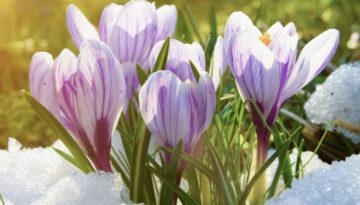
With the arrival of Spring, we will look at some of the great rock songs that explicitly mention or implicitly conjure images of Springtime. We countdown this subjective list from #9 to […]
At the end of the Beatles last ever live performance (on a London rooftop) John Lennon jokingly said “I hope we passed the audition”. Well, there was actually a time when the band […]
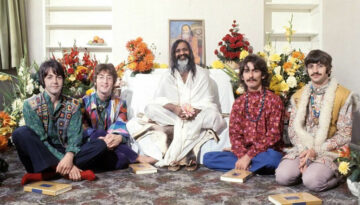
In early 1968, all four members of The Beatles traveled to northern India to attend a Transcendental Meditation training course with Maharishi Mahesh Yogi. While George Harrison, John Lennon, Paul McCartney and Ringo […]
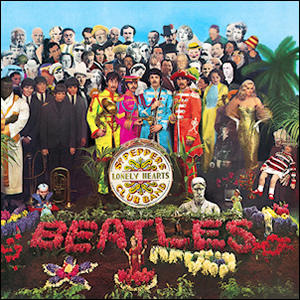
Buy Sgt. Pepper’s Lonely Hearts Club Band Buy Magical Mystery Tour There has never been (nor probably will ever be) a year in which a single band produced so much quality material as […]
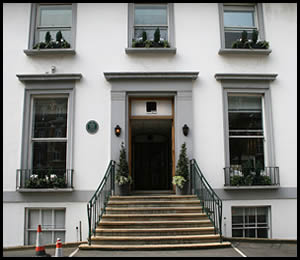
At the very end of The Beatles’ very last live performance, an improvised concert on the roof of a building in January 1969, John Lennon jokingly stated, “I’d like to say thank you […]

Nearly from its inception, rock and roll and Christmas songs have made for a potent mixture of holiday-flavored punch. This marriage dates back to 1957 with the first Elvis Presley Christmas Album and […]
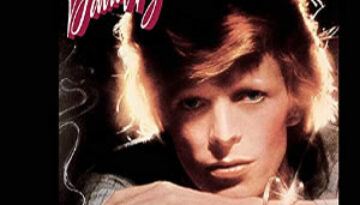
Buy Young Amricans For his ninth studio album, David Bowie decided to move in a radically new direction with the soul and R&B infused 1975 album Young Americans. On this record, which was […]
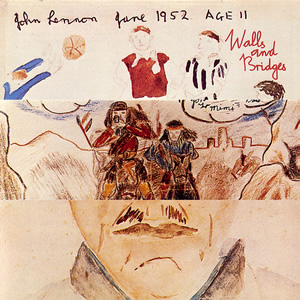
Buy Walls and Bridges Walls and Bridges seems to be one album that often gets lost in the John Lennon collection. It is not as dramatic as Plastic Ono Band, nor is it […]
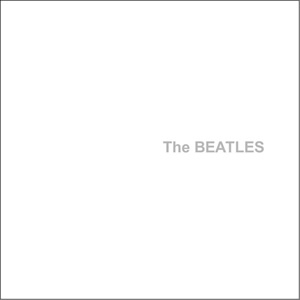
Buy The Beatles In 1968, The Beatles released their only double studio album, an eponymous release commonly referred to as The White Album. Despite the official title which emphasized group identity, the actual […]
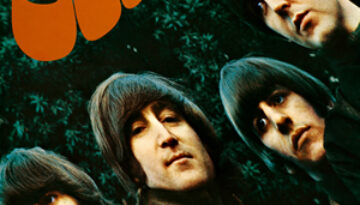
Buy Rubber Soul As the years have gone by, Rubber Soul has distinguished itself more and more from the “typical” early album by The Beatles. While the 14 selections remain pretty much bright […]